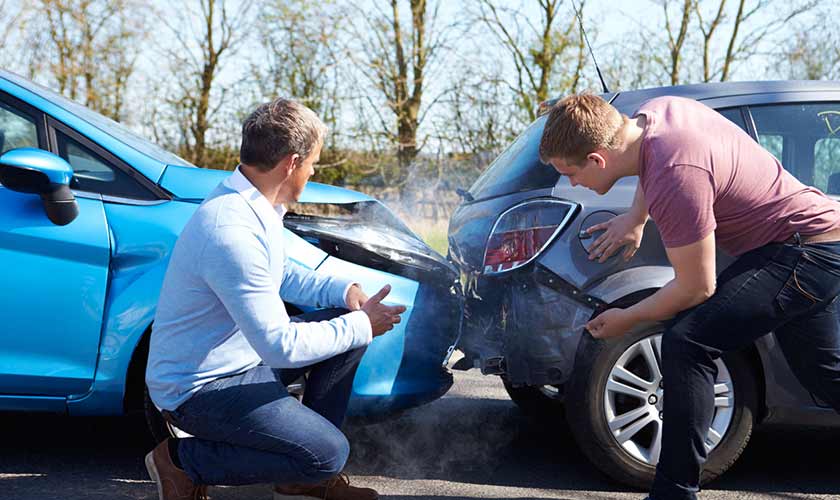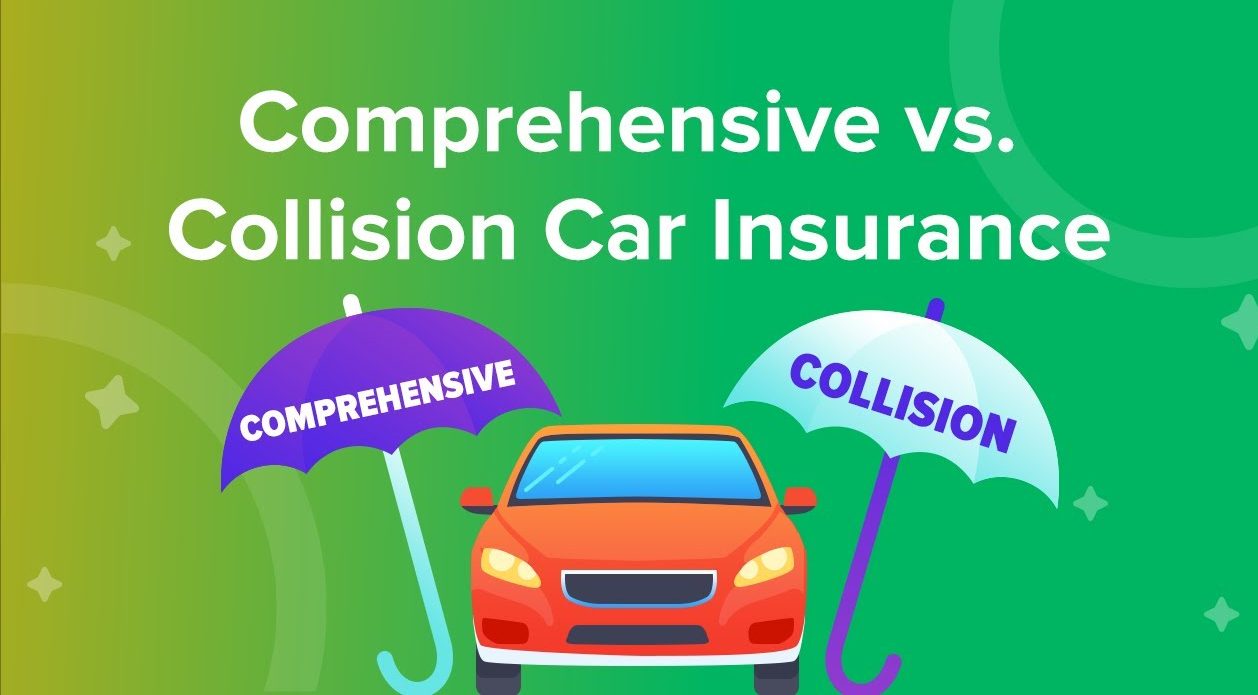Beyond Liability: Comprehensive and Collision Coverage Explained
In the world of auto insurance, the terms “comprehensive” and “collision” coverage are often tossed around. But what do they really mean, and how do they differ from liability coverage? If you’ve ever found yourself pondering these questions, you’re not alone. Understanding the intricacies of auto insurance can be perplexing, but it’s essential for ensuring you have the right coverage to protect yourself and your vehicle.
Understanding the Basics
Liability Coverage
Liability coverage is the foundation of any auto insurance policy. It’s designed to protect you financially if you’re responsible for an accident that causes injury or property damage to others. In most places, having liability coverage is a legal requirement. However, it does nothing to cover your own vehicle’s repair or replacement costs.
Comprehensive Coverage
Comprehensive coverage, often referred to as “comp coverage,” goes beyond liability. It safeguards your vehicle against a range of non-collision-related incidents, such as natural disasters, theft, and vandalism. If a tree falls on your car or it’s stolen, comprehensive coverage has your back.
Collision Coverage
On the other hand, collision coverage takes care of damage resulting from collisions, whether it’s with another vehicle or an object. This is the part of your policy that steps in to repair your car after an accident, regardless of fault.
What’s Covered by Liability Insurance?
Liability insurance covers bodily injury and property damage caused to others during an accident where you are at fault. It typically includes medical expenses, legal fees, and property repair costs. However, it’s crucial to remember that it doesn’t extend to your own medical bills or vehicle repair.
Comprehensive Coverage Unveiled
Protection from Natural Disasters
Comprehensive coverage shines when Mother Nature strikes. Hail damage, floods, wildfires, and tornadoes can all wreak havoc on your car. Without comprehensive coverage, these incidents could lead to costly repairs or even the total loss of your vehicle.
Theft and Vandalism
Imagine coming out to the parking lot to find your car missing or defaced. Comprehensive coverage comes to your rescue in such situations, covering the cost of your stolen or vandalized vehicle.
Glass Damage
Whether it’s a cracked windshield from a rock on the highway or a shattered window due to a break-in, comprehensive coverage includes glass repair or replacement. This saves you from unexpected out-of-pocket expenses.
Animal Collisions
Collisions with animals can cause significant damage to your vehicle. Comprehensive coverage ensures that you won’t have to bear the brunt of the repair bills if you hit a deer, raccoon, or any other critter.
Falling Objects
From overhanging branches to construction debris, there are various ways objects can fall on your vehicle. Comprehensive coverage covers the costs of these damages.
Collision Coverage in Detail
Protecting Your Vehicle
Collision coverage steps in when you collide with another car or object. It ensures that your vehicle will be repaired or replaced, even if the accident was your fault. This coverage is particularly valuable if your vehicle is new or valuable.
Who Benefits from Collision Coverage?
If you own or lease your car, collision coverage is a wise choice. Lenders and lessors often require it to protect their interests in the event of an accident.
Determining the Right Coverage for You
When deciding on the right coverage for your needs, consider factors like your vehicle’s age, value, and your financial situation. While liability is mandatory in most places, comprehensive and collision coverage are optional. Choosing the right balance of these coverages is crucial.
Balancing Act: Combining Comprehensive and Collision
Many policyholders opt for a combination of comprehensive and collision coverage to ensure they have all their bases covered. While this can increase your premium, it also provides peace of mind, knowing that both your liability and your vehicle are protected.
What Isn’t Covered
Wear and Tear
Neither comprehensive nor collision coverage will help with the gradual wear and tear of your vehicle. These policies are meant for sudden, unexpected events.
Mechanical Failures
Mechanical breakdowns are excluded from both comprehensive and collision coverage. For engine problems or transmission failures, you’ll need a separate warranty or insurance.
Personal Belongings
Your insurance policy doesn’t typically cover personal belongings inside your car. Items like laptops, phones, or other valuables are usually covered by your homeowner’s or renter’s insurance.
Factors Affecting Premiums
Several factors affect the cost of your insurance premiums, including your age, driving history, location, and the make and model of your vehicle. Understanding these factors can help you make informed decisions about your coverage.
Deductibles: Your Out-of-Pocket Expense
Deductibles are the portion of a claim you’re responsible for paying. By choosing a higher deductible, you can lower your premium, but you’ll also have to pay more out of pocket if you make a claim.
Making a Claim
Knowing how to file an insurance claim is essential. In case of an accident, you should promptly report it to your insurance company, providing all necessary information and documentation. This ensures a smooth claims process.
Beyond the Basics: Additional Coverages
Apart from liability, comprehensive, and collision coverage, there are other add-ons you can consider. These may include uninsured/underinsured motorist coverage, roadside assistance, and rental car reimbursement. Each has its advantages and is worth exploring.
The Cost Factor
The cost of comprehensive and collision coverage can vary significantly. Shopping around for quotes and understanding the different rates offered by various insurers can save you money while providing the coverage you need.
Myth Busting: Common Misconceptions

There are plenty of misconceptions surrounding comprehensive and collision coverage. We’ll debunk some of the common myths to ensure you have a clear understanding of these crucial insurance components.
Conclusion
In the complex world of auto insurance, understanding the differences between liability, comprehensive, and collision coverage is essential for making informed decisions. While liability protects others, comprehensive and collision protect your vehicle. Striking the right balance and considering your specific needs will ensure you have the coverage you require.
FAQs :
- What’s the minimum coverage I need in most states?
In most states, liability coverage is the minimum requirement for driving legally.
- Do I need comprehensive and collision coverage if my car is old and less valuable?
It depends on your financial situation and the value of your vehicle. Consider whether the repair or replacement costs outweigh the premium.
- Can I change my deductible to reduce my premiums?
Yes, you can. A higher deductible typically leads to lower premiums, but you’ll have to pay more out of pocket in the event of a claim.
- Are all insurance companies the same when it comes to rates for comprehensive and collision coverage?
No, rates can vary significantly between insurers, so it’s crucial to shop around for the best deal.
- Do comprehensive and collision coverage also include rental car reimbursement?
Not necessarily. Rental car reimbursement is usually an optional add-on, so you’ll need to check your policy for details.




